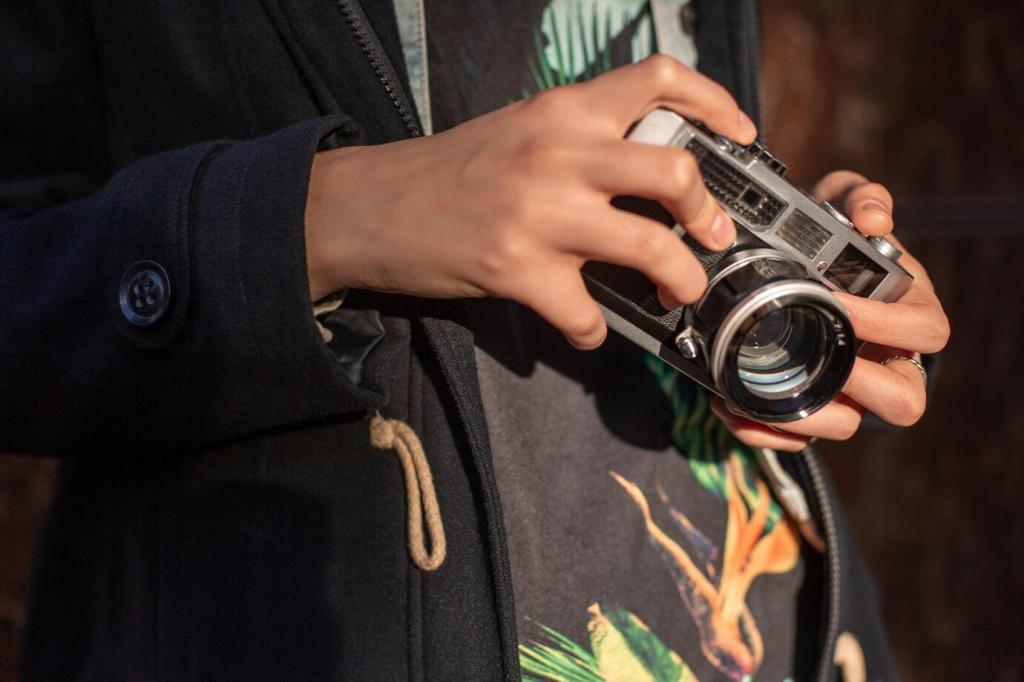Mastering Mobile Photography: Techniques and Tricks
Unlocking the full potential of your smartphone camera requires more than just pointing and shooting. As mobile devices continue to evolve, so do the opportunities for creative expression and technical mastery in photography. This guide is designed to help you move beyond the basics and understand the nuances that transform ordinary snapshots into stunning visual stories. From the fundamentals of composition to advanced editing techniques, you’ll discover how to maximize each photo opportunity and create images that captivate and inspire.
Understanding Your Mobile Camera
Your mobile camera offers a range of adjustable settings such as ISO, shutter speed, and white balance, which all play a critical role in image creation. Knowing how to access manual controls, if available, lets you tailor the camera’s behavior to suit various lighting conditions and subjects. Experimenting with these settings can help you control exposure, avoid unwanted motion blur, and adapt to challenging scenes. Most factory settings are optimized for general use, but manual adjustments foster creative control and can help you develop your unique photographic style.
Previous
Next
Composition and Framing
The rule of thirds is a foundational principle in photography that helps create balanced and engaging images. By dividing your frame into a grid of nine equal parts, you can place key elements along intersecting lines for greater visual interest. Many smartphones offer a grid overlay in the camera app, making this technique easy to apply in real time. Practicing the rule of thirds encourages you to think deliberately about subject placement, negative space, and overall composition, ultimately leading to photos with greater impact.
Lighting Techniques for Smartphones
Natural light is often the best and most versatile option for mobile photographers. Shooting during the golden hour—shortly after sunrise or before sunset—produces soft, warm tones and flattering shadows. Overcast days provide diffused, even lighting ideal for portraits or detailed shots. By observing how the quality of natural light changes throughout the day, you can plan your shoots strategically, achieve accurate color reproduction, and reduce the need for heavy editing or artificial solutions.

